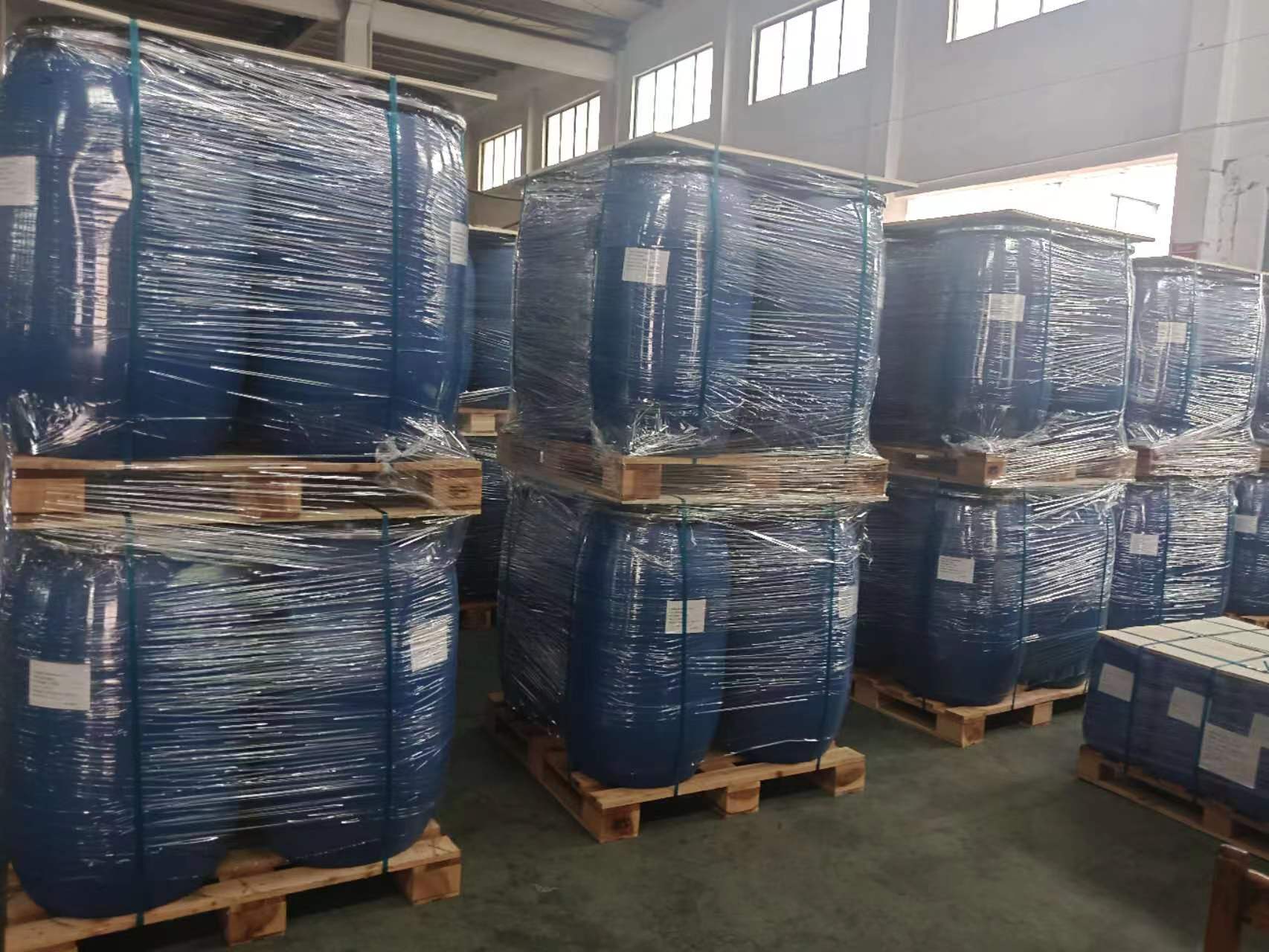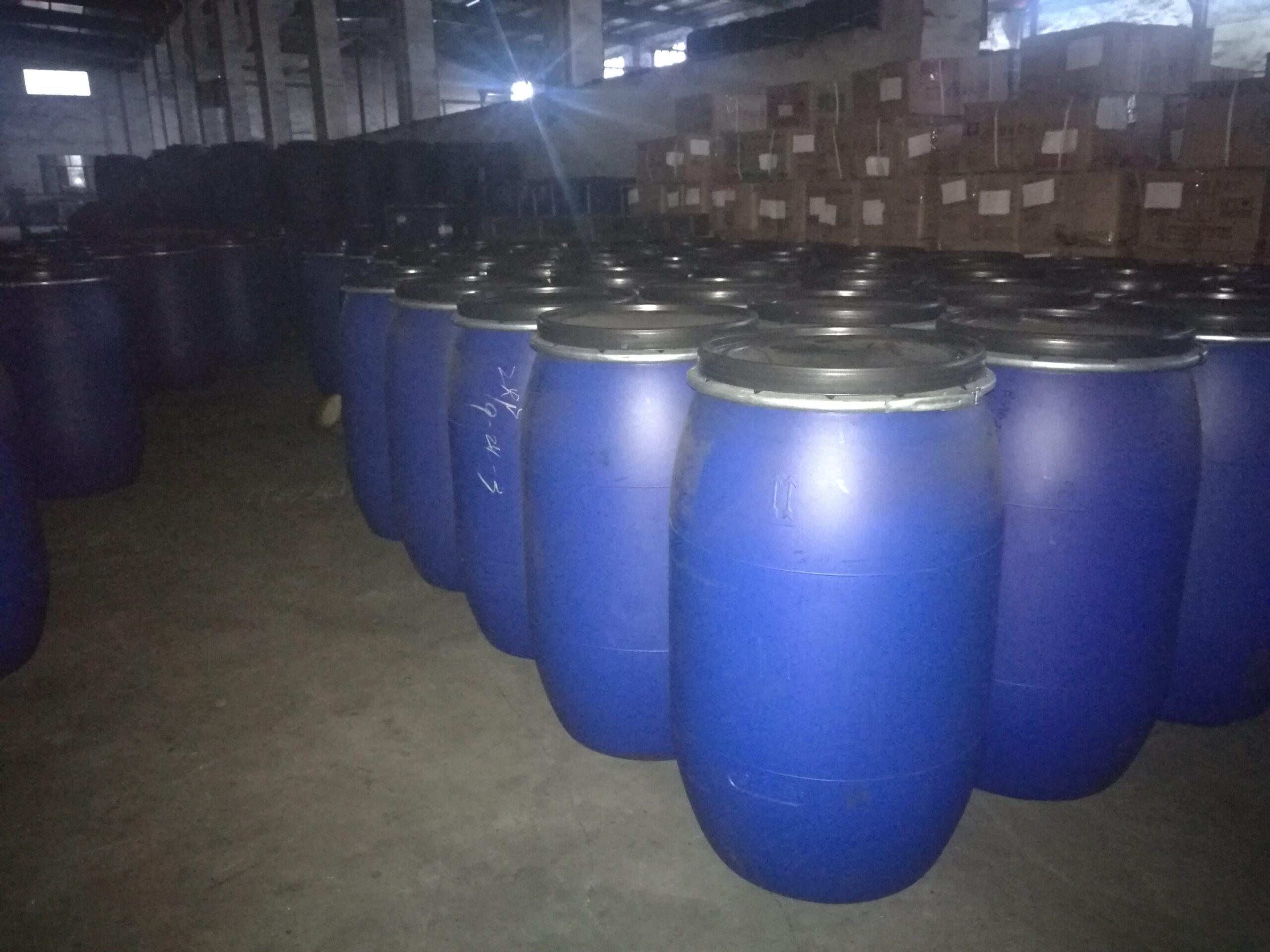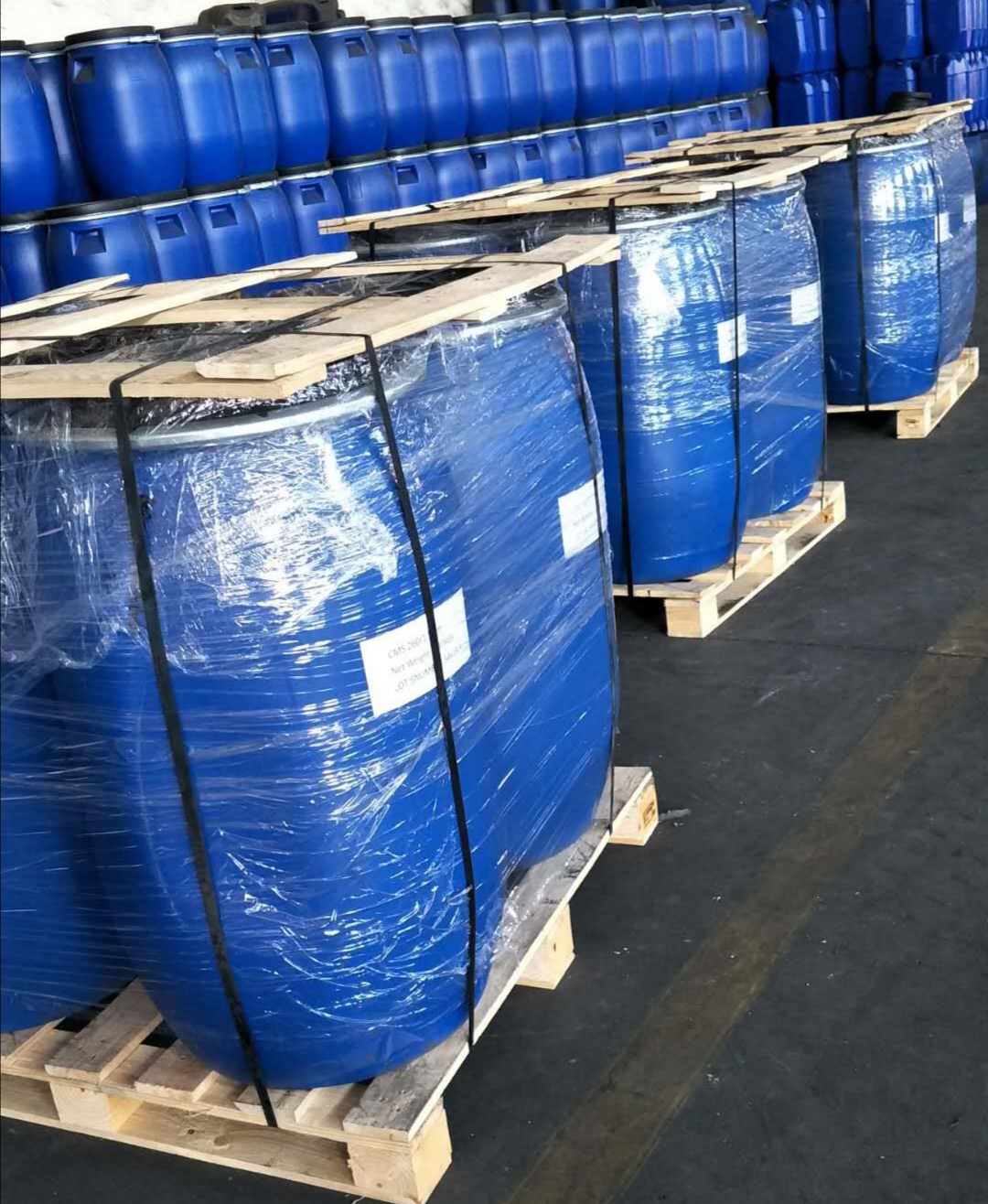What are the differences between zeolites and molecular sieves?
一、Structural differences
Zeolites have a framework structure, meaning that within their crystals, molecules are connected like a scaffold, forming many cavities. Because there are many water molecules in these cavities, they are hydrous minerals.
Molecular sieves are silicate compounds with a cubic lattice. Molecular sieves have a uniform microporous structure, with uniform pore diameters. These pores can adsorb molecules smaller than their diameters into the interior of the pores.
They also have a preferential adsorption capacity for polar and unsaturated molecules, thus being able to separate molecules of different polarities, saturation degrees, sizes, and boiling points, that is, they have the function of “screening” molecules, hence the name “molecular sieves”.

二、Different concepts
In 1932, McBain proposed the concept of “molecular sieves”, indicating porous materials that can screen substances at the molecular level.
Zeolites are just one type of molecular sieves. Because zeolites are the most representative among molecular sieves, the terms “zeolites” and “molecular sieves” are often confused by beginners.
三、Different Characteristics
Molecular sieves have a large specific surface area, ranging from 300 to 1000 m²/g. Their inner crystal surfaces are highly polarized, making them highly efficient adsorbents and solid acids with a high concentration and strength of acid sites. They can trigger catalytic reactions involving carbocations. By exchanging metal ions in their composition with other ions in the solution, the pore size can be adjusted, altering their adsorption and catalytic properties, thus producing molecular sieve catalysts with different performances. Molecular sieves have advantages such as high adsorption capacity and strong thermal stability that other adsorbents do not possess.
Zeolites are the general term for zeolite minerals, which are hydrated aluminosilicate minerals containing alkali or alkaline earth metals. They are classified into four types based on their mineral characteristics: framework, sheet, fiber, and unclassified. According to the characteristics of their pore systems, they are divided into one-dimensional, two-dimensional, and three-dimensional systems. Zeolites have a glass-like luster and can reabsorb water or other liquids.
四、Different Applications
Zeolites are generally natural and have varying pore sizes. As long as there are cavities, they can prevent boiling over.
In contrast, the functions of molecular sieves are much more advanced, such as molecular sieving, catalysis, and sustained-release catalysis, etc. Therefore, they have certain requirements for pore size and are often artificially synthesized.



